What to Expect With Emergency Flood Cleanup in Multi-Unit Properties

When flooding happens in a multi-unit property—like an apartment complex, condo building, or commercial office—it’s not just one unit that’s at risk. Water has a way of spreading fast, moving through walls, ceilings, and floor systems, impacting several spaces at once. Coordinating cleanup in these situations is no small task. At Anderson Group International, we […]
The Dangers of Overlooking a Slow Pipe Leak Cleanup Service
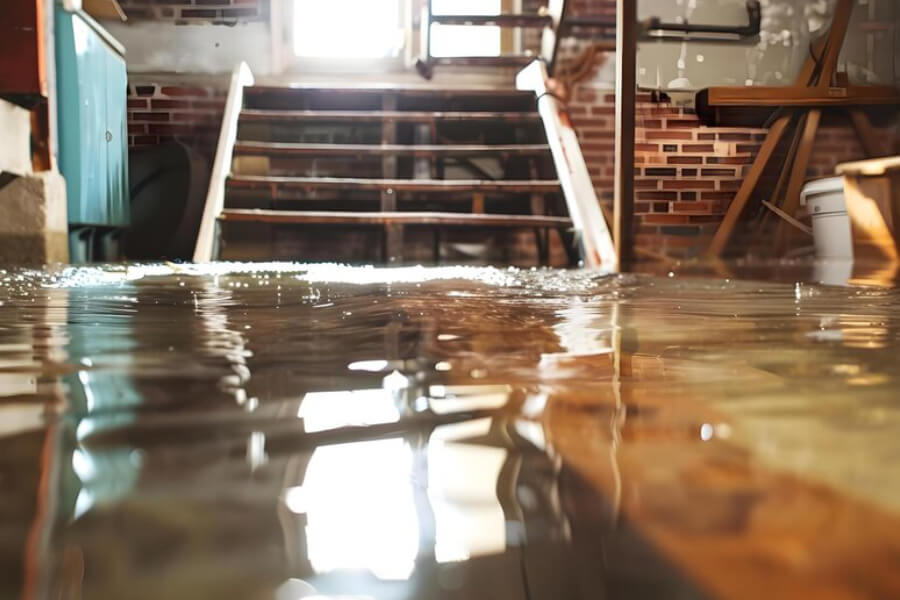
Some of the most expensive water damage doesn’t come from floods or burst pipes—it comes from tiny, persistent leaks that go unnoticed for weeks or months. A slow drip behind a wall, under a sink, or inside a ceiling might seem like a minor issue, but over time, it can cause structural rot, hidden mold, […]
How We Handle Fire and Smoke Cleanup in Large Commercial Facilities

Fire doesn’t have to destroy a building to disrupt everything inside it. Even a small fire can send smoke through ductwork, leave soot on surfaces, and compromise air quality for days or weeks. In large commercial facilities—offices, schools, hospitals, government buildings—the scope and complexity of fire and smoke cleanup grows exponentially. That’s where Anderson Group […]
Why Emergency Water Damage Repair Needs a Professional Response
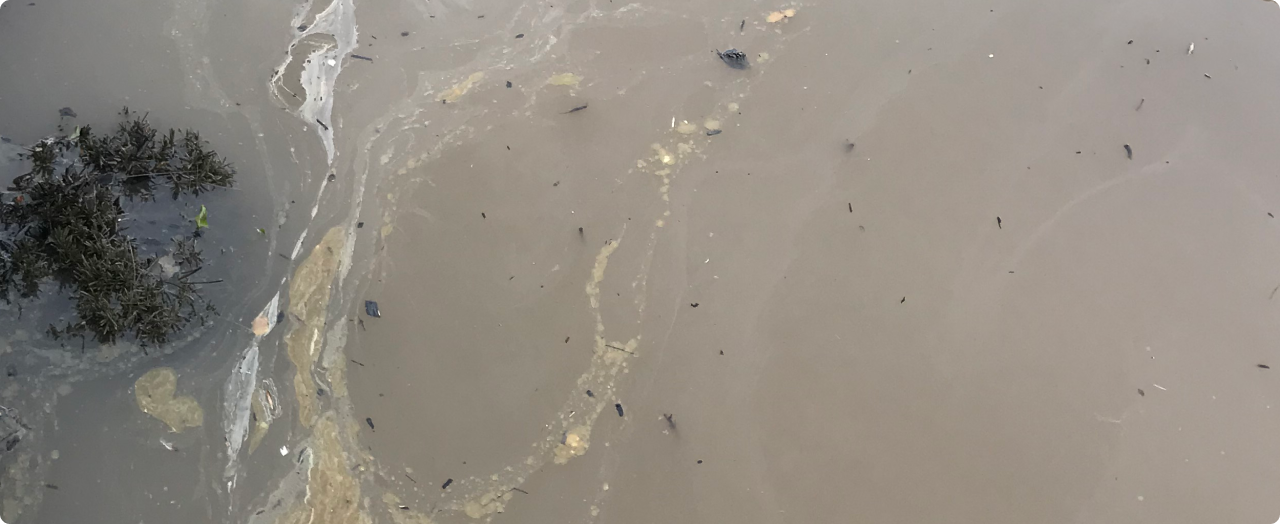
It doesn’t take a major flood to cause major problems. A single broken pipe, a leaking appliance, or a slow drain can unleash enough water to compromise flooring, ruin walls, and damage structural integrity. Many property owners try to tackle water emergencies on their own—using towels, wet vacs, or waiting for the sun to dry […]
Preventing Secondary Water Damage After Initial Cleanup

Fact: Up to 40% of total water damage costs come from secondary issues—cracked paint, warped wood, or unseen dampness. Even after a successful water extraction & removal, hidden moisture can cause new problems: bowed baseboards, gummy paint, and soft subfloors. Anderson Group International shares these simple strategies to prevent secondary damage and keep your home […]
Coordinating a Rapid Emergency Water Restoration Response
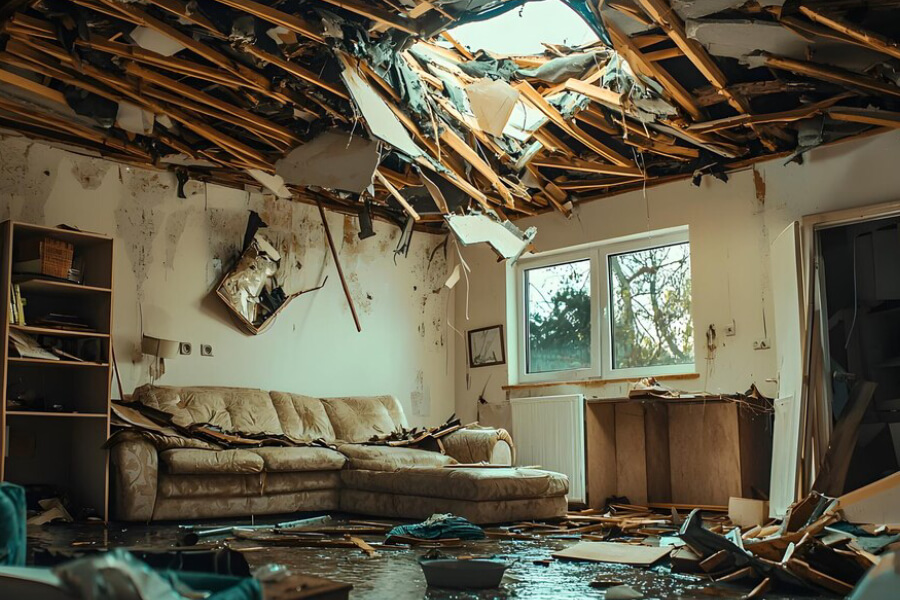
Fact: Homes receiving professional restoration within two hours of a flood recover up to 50% faster. When disaster hits—a water pipe break, burst pipe damage cleanup, or sudden flood damage—every minute matters. Anderson Group International helps you set up a rapid response plan so crews arrive fast and start emergency water restoration without delay. […]
Repairing Drywall and Paint Following Water Damage Restoration
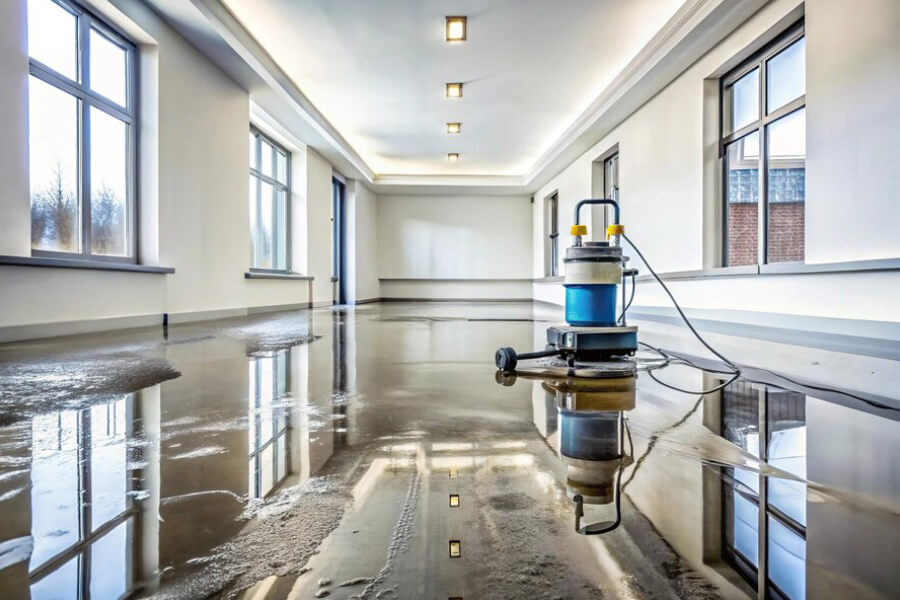
Fact: Patching drywall too soon after drying leads to peeling paint within months—up to 70% of repairs fail if not timed correctly. Once Anderson Group International completes water extraction & removal and the walls are bone-dry, it’s time to repair drywall and repaint. Follow these people-first steps to restore walls without cracking, peeling, or hidden […]
Securing Your Valuables During Flood Damage Cleanup

Fact: Homeowners who move valuables before cleanup crews arrive save up to 60% of items that would otherwise be lost. When floodwater breaks in—whether from a water pipe break, a main water line break, or heavy rain causing flood damage—you must act fast to protect irreplaceable belongings. Anderson Group International recommends these clear steps to […]
Why Properties Are Failing Structural Tests After Water Damage

When a building takes on water, what gets damaged first isn’t always what fails first. Structural issues don’t appear immediately after a leak, flood, or burst — they reveal themselves slowly, once the materials underneath begin to break down. That’s why so many properties end up failing structural tests weeks or even months after their […]
The Overlooked Role of Subfloor Saturation in Repeat Restoration Projects
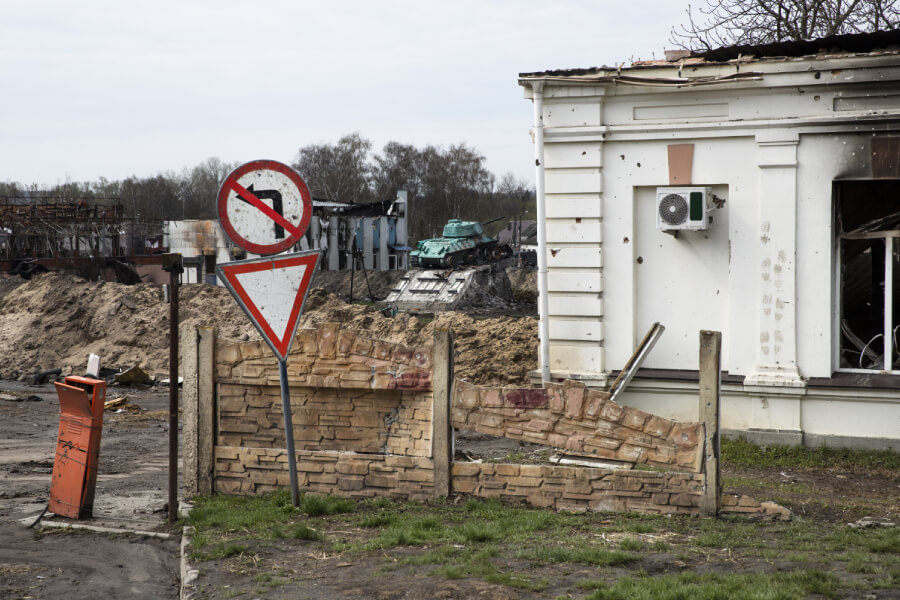
When water damage happens, the floors usually get the attention first — and for good reason. They’re where puddles form, where staining starts, and where homeowners first notice something’s wrong. But what lies beneath those floors is what determines whether the restoration will actually hold up. The subfloor is the silent casualty in almost every […]
